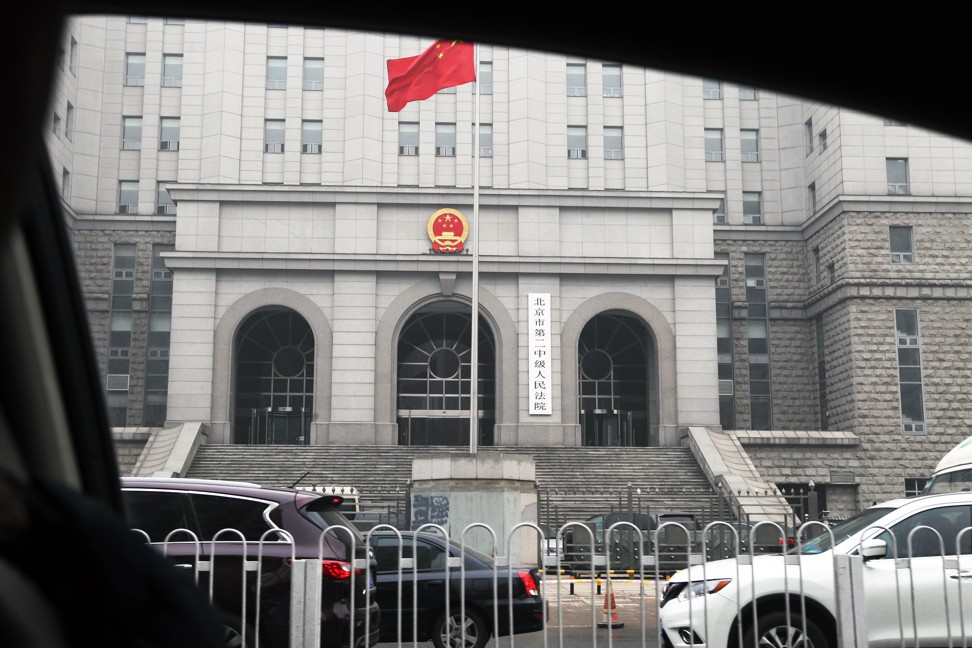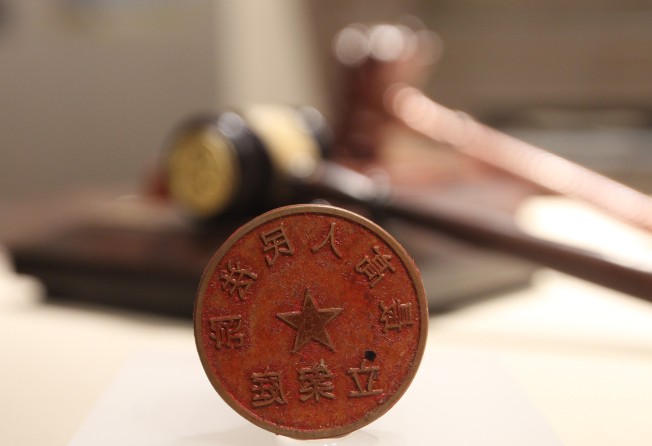
China’s legal system came a long way in enforcing creditor claims against bad debt

A reliable legal system that supports fair and timely enforcement of creditor claims against borrowers and collateral forms the backbone of any market-based financial system.
This requirement is put to the ultimate test in the distressed industry, where large portfolios of non-performing loans are sold, and buyers won’t attribute value to them unless they are legally enforceable.
When China opened to foreign investments in the early 1980s, the legal system was largely a blank slate, as few commercial laws were on the books and most important business rules and decisions were determined by political organs.

This was the legal environment when the Chinese banking system experienced its first wave of non-performing loans (NPLs) during the early 2000s, just as the big state-owned banks were gearing up raised capital through global initial public offers (IPOs).
It was estimated then that there were at least US$500 billion in NPLs in the banking system, an extraordinary sum. Foreign and domestic investors bought a portion of these NPLs, sometimes for pennies on the dollar, “pricing in” the uncertainties in the legal system.
Nevertheless, the role of NPL investors in solving the problem was relatively minor – the government and the international capital markets effectively did the heavy lifting in recapitalizing the banks. Fortunately, the turbo-charged Chinese economy permitted the banks to grow out of the problem.
Today, as the Chinese banking system is experiencing a much larger wave of NPLs, the notoriety of the Chinese legal system has persisted, even as the reality has moved on.

Firstly, the laws are more detailed and complete. Judicial procedures are now well established and regimented, and foreclosure procedures more effective, while enforcement proceedings had been generally consistent and reliable.
Secondly, favouritism and unevenness in decisions have decreased significantly, due partly to an improvement in the quality of judges, and due to the government’s pervasive anti-graft campaign that culled corrupt judges from system (including Xi Xiaoming, a former vice president of the Supreme People’s Court).
Government interference in some court cases does remain a fact of life in China, since the courts are not viewed as an independent arm of government, but rather as subsidiary of the Justice Ministry that ultimately serves the goals of the Communist Party.
The practical implication to investors is that, where enforcement of a claim might create social unrest, such loans must be valued at close to zero. In general, these situations form a very small portion of typical NPL portfolios.
A quick survey will illustrate how complete the regime is.
In general, judgement on creditor actions must be reached within 15 months of the court accepting a claim, while appeals must be resolved within three months of filing. A court is legally required to enforce judgments within six months after receiving the application for enforcement.
Generally, a court is required to auction property seized in an enforcement action. The Chinese Supreme Court earlier this year issued rules requiring most judicial auctions to be conducted online. The new rules provide for appraisals, transparency, floor prices based appraisals, rounds of bidding, reasonable deadlines, and the ability for the creditor to participate in the auctions on the same terms as other bidders. In practice, it generally takes one to two months to complete an enforcement auction after appraisal has been completed for the property.
What if a devious debtor tries to move or transfer valuable assets or collateral while litigation is pending? Like in other established jurisdictions, it is possible in China for creditors to quickly obtain a property preservation order to prevent fraudulent conveyance and freeze the defendant’s property, in some cases even before commencement of litigation.
There is a well-established procedure for how to integrate the settlement process and litigation. The court will make a written record of the terms of any settlement and have both parties affix their signatures or seals into the record.
Chinese law gives creditors the tools to obtain information about debtors’ properties. Creditors may ask the court to order the debtor to provide information on the current status of its property. Practically, the development of information channels on the internet and otherwise have made it far easier to obtain information about borrowers and collateral than a decade ago.
While these rules may appear straightforward, of course the devil is in the details. Some commonly encountered areas of complexity include:
● some inconsistencies in the application of procedural deadlines and provisional remedies;
●inappropriate appraisals or unsuccessful auctions in some cases;
●separate mortgages for buildings and underlying land;
●complicated priority questions in the context of construction mortgages, pre-sales of property and contractor liens;
●mortgages of land that’s not been developed within government stipulated deadlines (hence subject to potential forfeiture); and
●mortgages of “allocated” land-use rights for which the owner has not paid the grant fee to the government (hence subject to potential reallocation by the government).
Nevertheless, in all of these areas, there is continuing progress towards greater clarity and efficiency as Chinese law develops further.
This progress is in China’s national interest, and is a step in the right direction in strengthening its financial system and helping to resolve the NPL problem.
Howard Chao is a Senior Advisory Partner at ShoreVest Partners. Walker Wallace and Guo Bingna are partners with the international law firm, O’Melveny & Myers, counsel for ShoreVest.